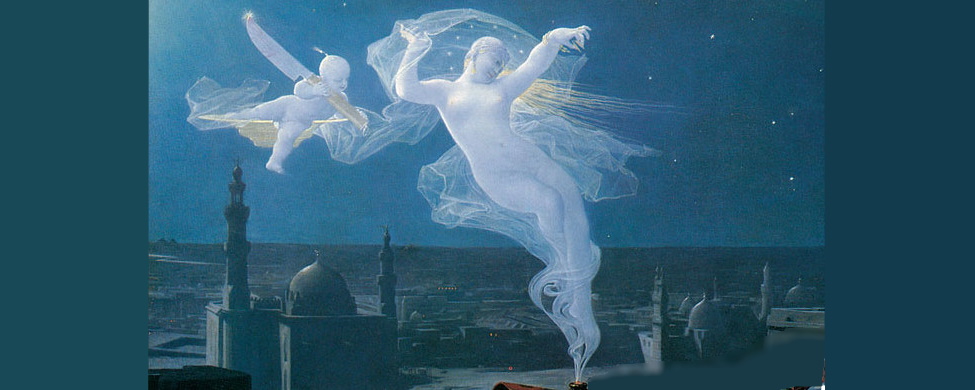Fourth Way authors alert us to the fact that what we experience is, to a large degree, an illusion. There is a tangible reality—if we see a tree, or the wall of a house, we can touch and feel them. They are there. In a deeper sense, however, most of our perceptions stem from a subjective view of the world. The Fourth Way calls this condition the second state of consciousness.
However, joyfully, there is a way out. There are parts in us that can perceive and recognize truth. These parts—higher centers, or third eye—are active when we connect to the present moment. They are the higher emotional center, world 12, and the higher mental center, world 6.
“God, in his kindness, has placed above man a race of superior spirits.” Plato
Higher centers perceive reality. They reveal a higher order of existence. One aspect of this reality is recognition of higher forces, C influence. This is a ‘race of superior spirits,’ as Plato put it. As the Fourth Way teacher Robert Burton stresses, it is only with outside help, the intervention of ‘angels’, that we can escape imagination. Imagination, the constant mechanical churning of thoughts in our head, is at the root of illusion.

The astral bodies depicted represent World 6 (the boy) and World 12 (the maiden)
Curiously, a person in ordinary life can experience world 6 and world 12, even if not connected with a school for spiritual development. The experience of death, or severe illness and suffering, can evoke World 6. Weddings, or the birth of a child, can usher in World 12.
These moments, however, occur by accident. There is a huge gulf between the accidental experience of higher centers and the intentional evoking of this experience. A person intentionally trying to be present, trying to connect to higher centers, finds help in a real school of spiritual development. In such a school, one learns to value and pay for higher states. This payment often involves separating from instinctive appetites or emotional identifications. This is a payment for presence.
As Ouspensky observed, the New Testament is filled with parables that describe this law of payment. Making efforts to reduce the grip of the lower self, and to submit to the will of higher influences, are necessary. They are part and preparation for real inner work and change of being.
“One will not value what one has not paid for.” George Gurdjieff
Gathering objective knowledge from a conscious school, having direct interactions with other students, and working for higher aims connected with the school’s aims, are three lines of work. These help us open to an increasing infusion of the energy of higher centers. The higher states become themselves a guide on the path upwards.
Along the way, the influence of a conscious teacher is an essential gift, increasing the pace of our work. Without such an influence, our path’s progress may deviate. A teacher is necessary to ensure that our work continues to be an ascending octave.
There are several curious aspects to the relation between student and teacher in a school for spiritual development. A true spiritual teacher not only has more knowledge than a student, but the being of the teacher is different. He has more presence, experiences more of worlds 6 and 12. One result of this difference is that the teacher can see the student, whereas the student cannot see the teacher. A Fourth Way principle states that the higher can see the lower, while the lower cannot see the higher.
This difference recalls the difference between a parent and a child. A parent is usually more responsible than a child, and has at least some sense of what is beneficial for the child. Similarly, a teacher can demonstrate and show the student avenues of development that he or she cannot perceive on their own.

Unity, or permanent I, belongs to higher centers
As we are, we do not yet exist. Ouspensky wonderfully expressed this idea in the image above, showing our many I’s. Let us embrace the struggle–to reach world 6 and 12, the state of third eye. Let us rise above imagination. By making payment in advance, let us grab the bull—the lower self—by the horns, and catch a true glimpse of reality.
“Too much sanity may be madness. And maddest of all, to see life as it is, and not as it should be!” Miguel Cervantes
